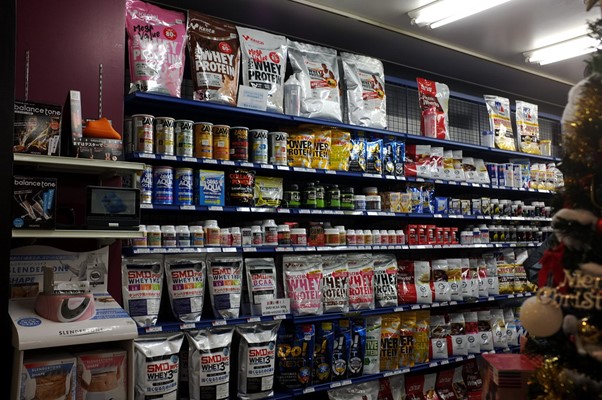In our previous blog (Future of Food: Exploring the Rise of Cultivated Meat), guest bloggers, Wynsee Lu and Mekumi Chan, told us about the potential of cultivated meat as a sustainable food option. As they read articles on the topic, they discovered this industry goes beyond standard cell culture. In fact, there are a lot of additional aspects to consider for cultivated meat. Lab-grown meat is a great example of how we need to have molecular understanding to effectively engineer new products. In this blog, they explore the diversity in this industry and its potential for growth.
The molecular origin of flavour
For consumers, the most important sensory characteristics of cultivated meats are the taste and texture compared to real meat. The main way industries have attempted to achieve the natural taste of meat within this sustainable food option is by mimicking the Maillard reaction. The Maillard reaction is the natural process that normal meats undergo when browning under heat to bring out aromas and flavours. Simultaneous chemical reactions between the amino acids and reducing sugars in the meat achieve the desired outcome. To mimic this, researchers use a temperature-sensitive flavour-switchable scaffold to enhance the aromatic properties of cultivated meats. This scaffold “switches on’ while cooking and the chemical reactions within it release crucial flavours to appease consumers. This is not the only way to reproduce the flavours of real meat and industries are developing new methods every day.
(more…)
Read The rise of cultivated meat II: beyond cell culture in full

